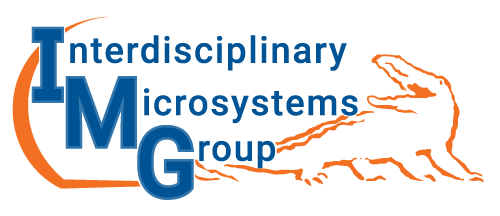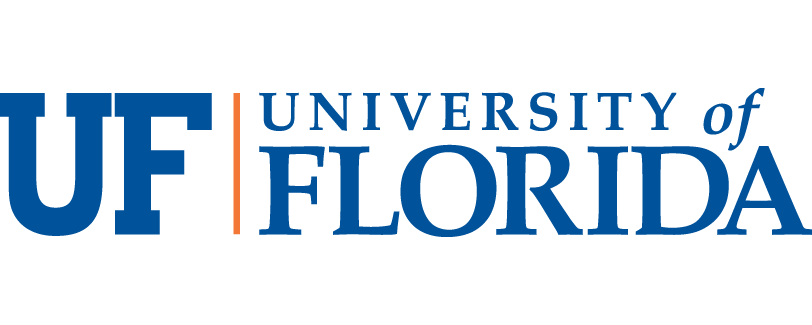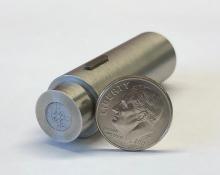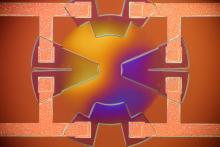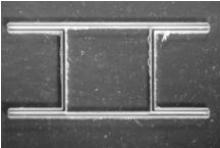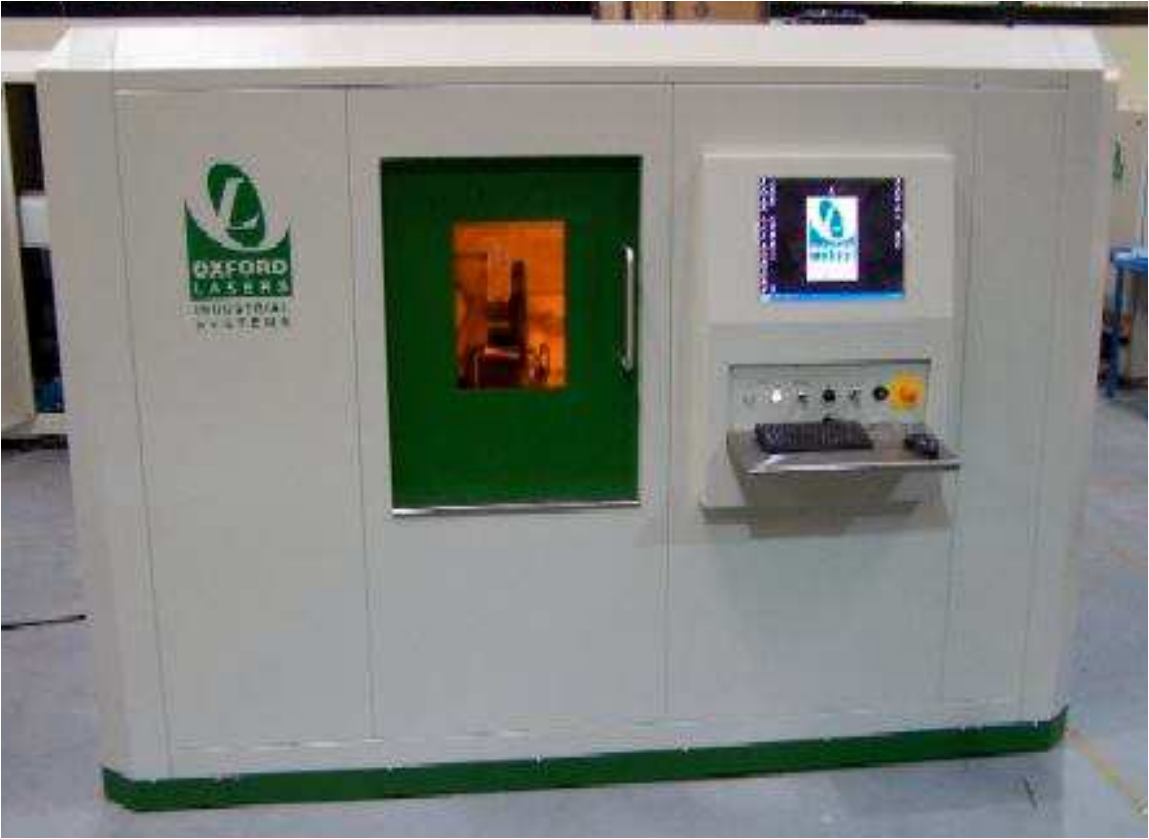IMG Seminar: Capacitive shear stress sensor and its interface circuitry
Submitted by John Griffin on Mon, 11/15/2010 - 4:05pmSpeaker: Jessica Meloy
Introduction: The time-resolved characterization of complex wall-bounded flow fields is difficult and unachievable with the current set of research tools. At the University of Florida the Interdisciplinary Microsystems Group (IMG) has teamed with FCAAP to develop the next generation of instrumentation grade sensors for aerospace applications. Specifically, microelectromechanical systems (MEMS) technology is being used to develop sensor systems for reliable direct time-resolved shear stress measurement and fill this instrumentation void. IMG has developed a robust miniaturized package for integration into flow control studies currently being conducted at both the Advanced Aero-Propulsion Laboratory at Florida State University and at IMG wind tunnel facilities at the University of Florida. The specific sensor system being utilized in these studies is capable of measuring shear stress values as low as 1mPa with a sensitivity of 1.7mV/V/Pa and at least 80dB rejection to cross sensitivities. In this seminar the sensor system’s circuitry and package development will be discussed.
